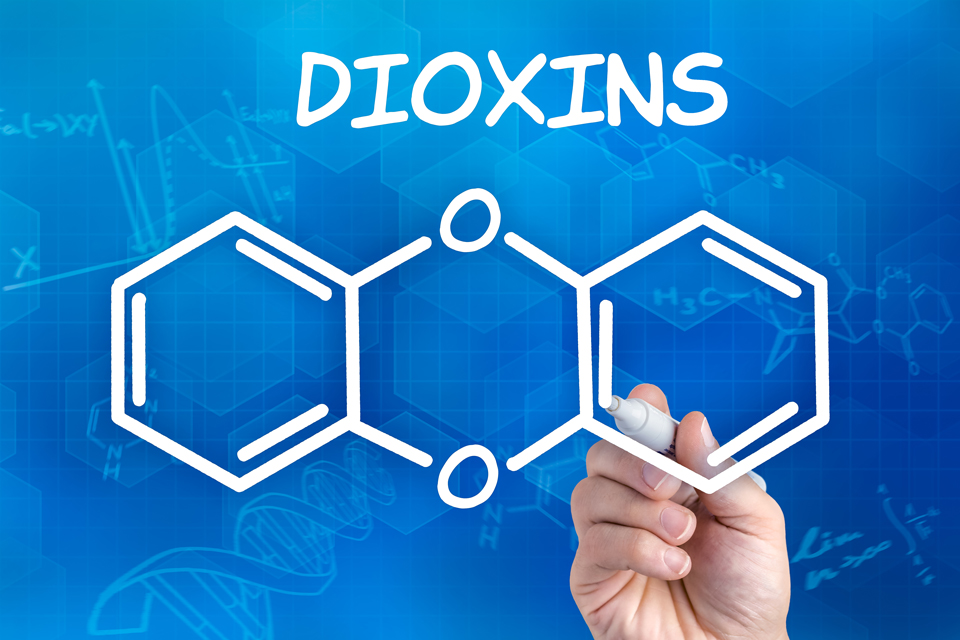2021-01-29
Long-term Sampling of Dioxins and Carbon Dioxide

New regulations such as the European “Waste Incineration BAT Conclusions” (read more on that in this blog article) call for long-term sampling of "polychlorinated dibenzo-p-dioxins and -furans" (PCCD/F), but let's call it "dioxins" for simplicity. An isokinetic sample is taken from the duct and dioxins is trapped in an adsorbing material. Special material has to be used and the sampler which effectively is an advanced pump, needs to be controlled.
The Measurement Process
Such a product is now available from OPSIS – the DX100. It consists of a sampling unit mounted directly on the duct. It is followed by a dryer, a volume meter and electronics to carefully control an ejector pump sitting at the end of the extraction line. This ensures that the sample is taken at the same rate as the gas passes in the duct. There is a container filled with adsorption material inside the sampling unit, and that is where the dioxins sample is trapped during operation. After a set sampling period, typically 2-4 weeks but it can be up to 8 weeks, the container is swiftly exchanged for a new one and then sent to a laboratory for analysis of the dioxins content, while the new container allows continued sampling. The volume meter records the total amount of gas that has been sampled, which in combination with the sampling time and the lab result gives the average dioxins concentration in ng/m3N.
Cost-effective Sampling of CO2 Too
The DX100 is also offered with an option to capture CO2. This is used to determine the percentage of fossil CO2 in the emissions. This can be of major interest to plant operators burning mixed fuels. CO2 emissions of fossil origin might be taxed much higher than CO2 emissions originating from biomass, and in lack of well-controlled mixing rate, the taxation authorities might ask for a higher-than-necessary tax.
The option ensures that the CO2 gas in the sample is caught in another container with another material. After a set sampling time, the CO2 sample is sent to a laboratory for isotope analysis. This is of interest since the carbon in the CO2 originate from the fuel and therefore reveals the fuel composition.
How is This Possible?
Well, the half-life of the 14C isotope is 5,700 years. In biomass, the decay process has hardly started so it effectively has a 14C level equal to that of living organisms. In contrast, fossil fuel is several orders of magnitude elder that the half-life, and all 14C that it once contained has decayed, with no 14C left. Therefore, if there is no 14C isotopes in the sample, there is then also no 14C isotopes in the fuel which therefore must have been entirely fossil. If the level of 14C isotopes in the sample is the same as in living organisms, the fuel is fresh and therefore biomass. And if the level of 14C isotopes is in-between, the proportion of fossil and biomass fuel can be determined and the CO2 emissions can be taxed accordingly.
FIND OUT MORE
Want to know more about OPSIS long-term samplers for dioxins and carbon dioxide? Read more on the product page or contact us and we will tell you more!
